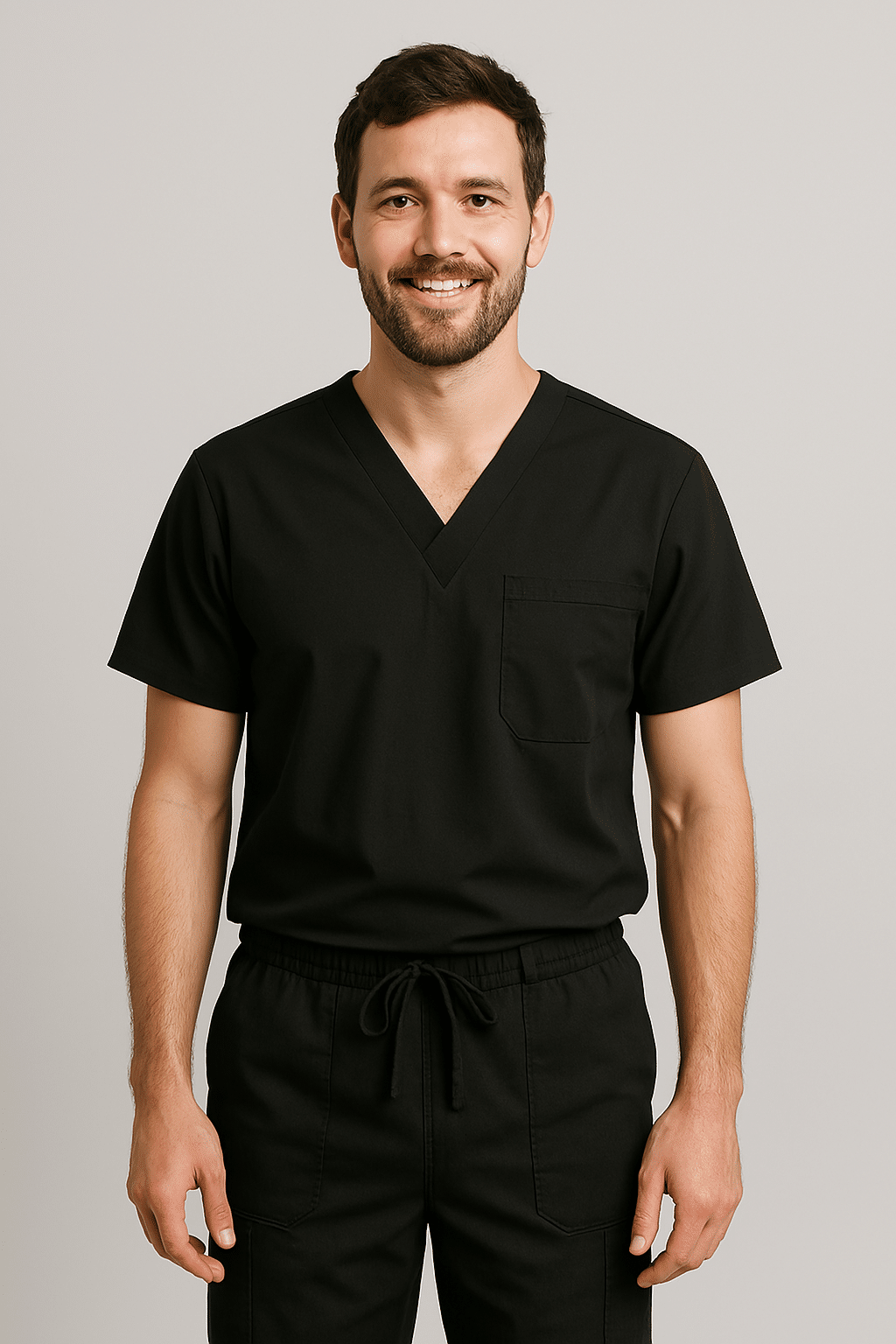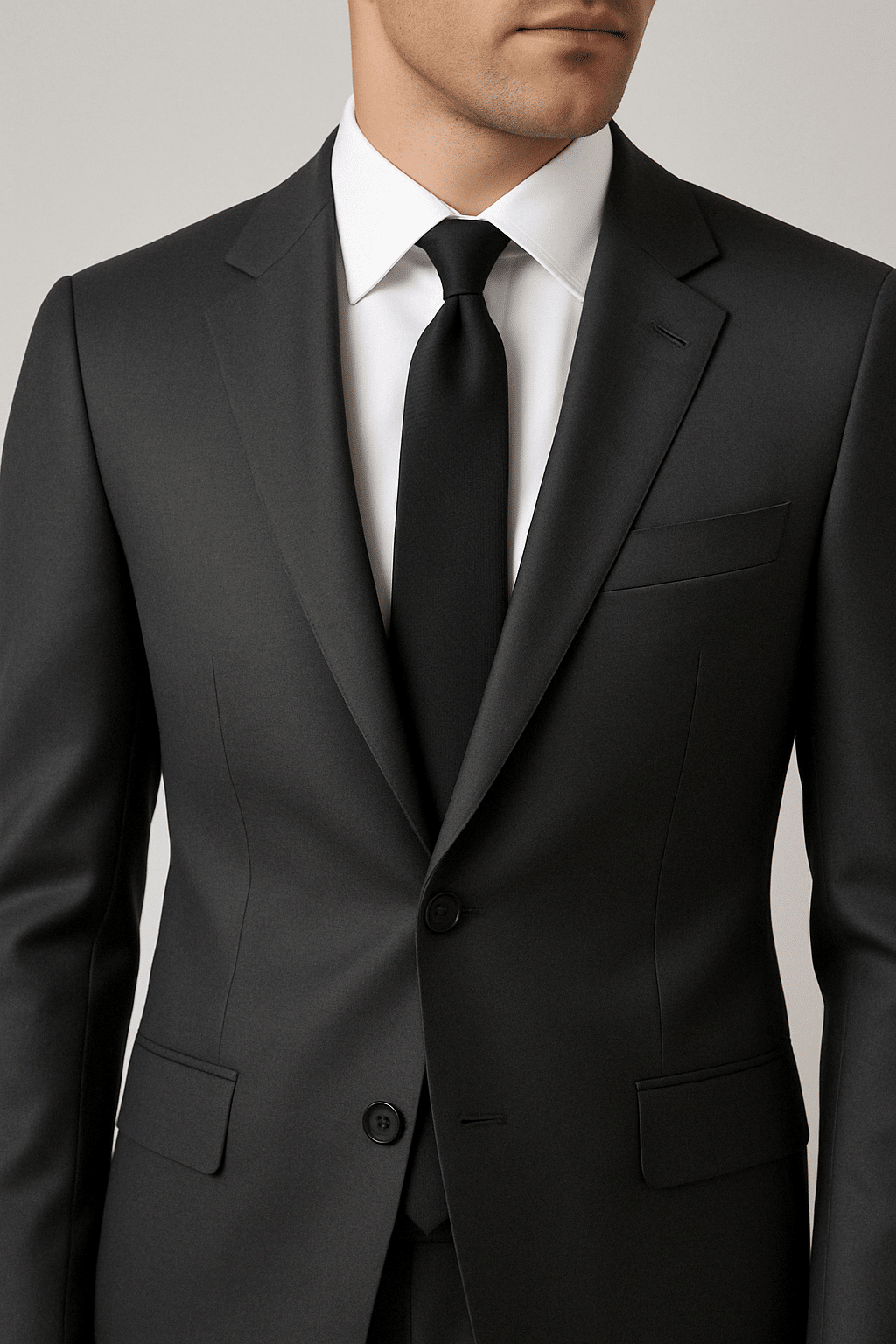Introduction
In high-risk work environments, a coverall uniform is not just protective gear—it’s a necessity.. According to a report by the ILO, over 2.3 million people worldwide die each year from work-related accidents or diseases, with hazardous industries like construction, oil and gas, and manufacturing making up a large portion of these cases.
To reduce these risks, employers are turning to personal protective equipment (PPE), with coverall uniforms standing out as one of the most vital pieces. These one-piece suits offer full-body protection from chemical splashes, airborne particles, flames, and other workplace hazards—making them indispensable in the UAE’s fast-growing industrial sectors.
In this guide, we’ll walk you through everything you need to know about coveralls, from materials and types to industry-specific options and trusted uniform manufacturers in the UAE.
What is a Coverall?
A coverall uniform is a one-piece protective suit designed to cover the entire body, shielding workers from hazards like dust, chemicals, sparks, and extreme temperatures. Unlike regular workwear, coveralls provide full-body protection, from the ankles to the wrists, and sometimes include a hood for added security.
Coveralls are commonly used in construction, oil refineries, mechanical workshops, and other industrial sectors. Some industries require custom uniforms with additional features like fire resistance, liquid repellence, or safety jackets for high visibility.
Depending on the industry, coveralls may be reusable or disposable. Reusable options are made from durable fabrics, while disposable coveralls are designed for single-use protection against hazardous materials.
Read our full guide: The ultimate guide to Safety Jackets
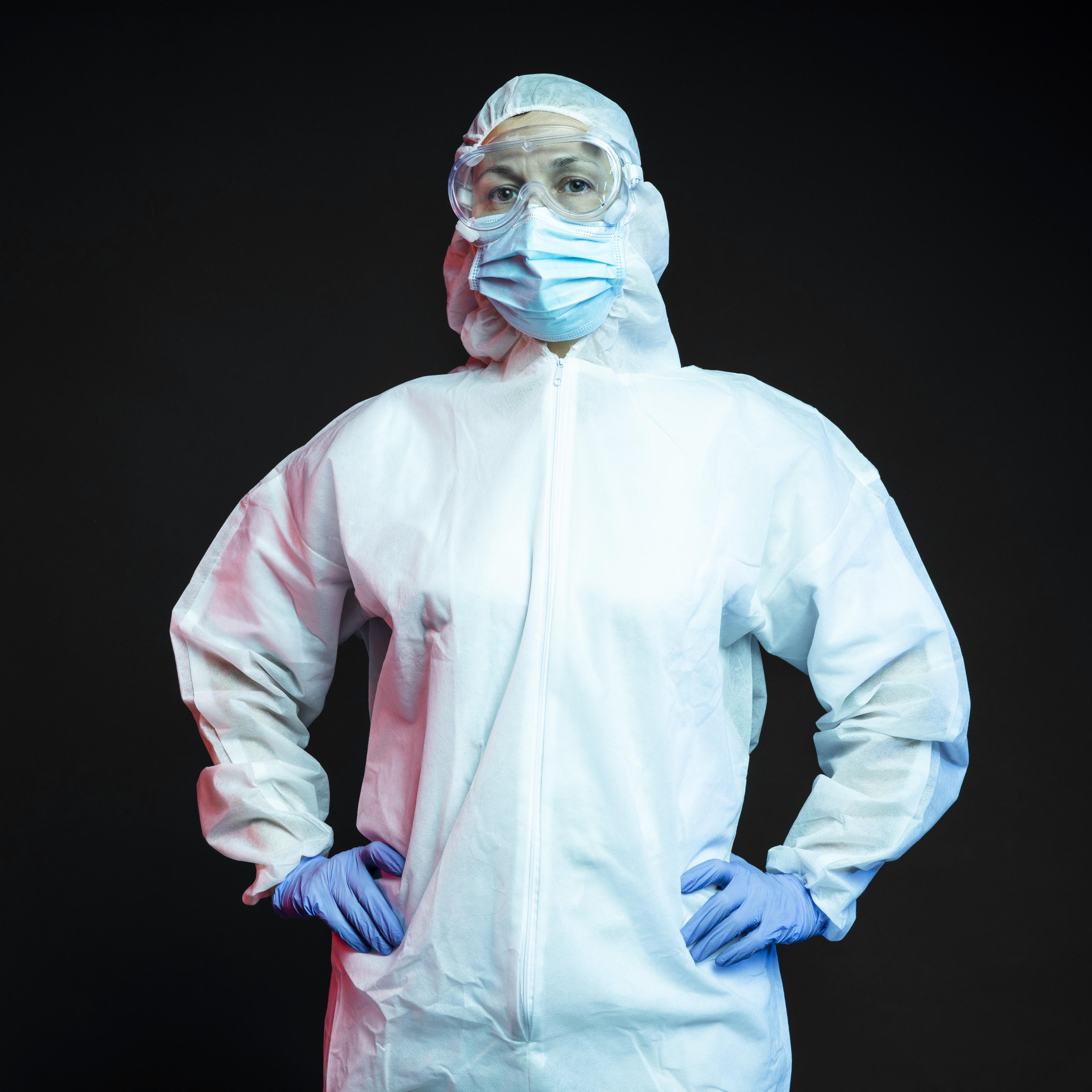
What Are Coveralls Made Of?
Choosing the right coverall uniform starts with understanding its materials. Different industries require different levels of protection, which is why coveralls come in various fabrics with unique properties.
Polypropylene (PP)
PP coveralls are lightweight, breathable, and ideal for low-risk environments where protection from dust and minor splashes is needed. However, they don’t offer strong resistance to chemicals or flames.
SMS Fabric
SMS fabric (Spunbond-Meltblown-Spunbond) consists of three layers of polypropylene fibers. It offers better protection than basic PP coveralls and is used in industries where disposable non-woven coveralls are required. SMS coveralls are comfortable and breathable, making them suitable for warm climates like the UAE.
MPFL
MPFL (Microporous Film Laminate) coveralls provide excellent resistance to liquids, particles, and biohazards. These disposable protective coveralls are commonly used in chemical plants, healthcare, and laboratories. However, they can be less breathable than SMS fabric.
What Are Disposable Coveralls?
Disposable coveralls are single-use protective garments designed for environments where contamination or hazardous exposure is a risk. They are commonly used in healthcare, food processing, and chemical industries. These coveralls prevent exposure to dangerous substances and reduce contamination risks.
Disposable Non-Woven Coverall
This type of coverall uniform is made from lightweight, breathable materials, making it comfortable for extended wear. It offers basic protection against dust, dirt, and non-toxic particles.
Disposable Protective Coverall
These safety coveralls provide a higher level of protection against chemicals, biohazards, and infectious agents. They are often used in hazardous industrial settings where full-body protection is required.
Heavy-Duty Disposable Coveralls
For extreme conditions, heavy-duty disposable coveralls offer enhanced resistance to chemicals, flames, and airborne contaminants. These are ideal for oil and gas industries, hazardous material handling, and asbestos removal.
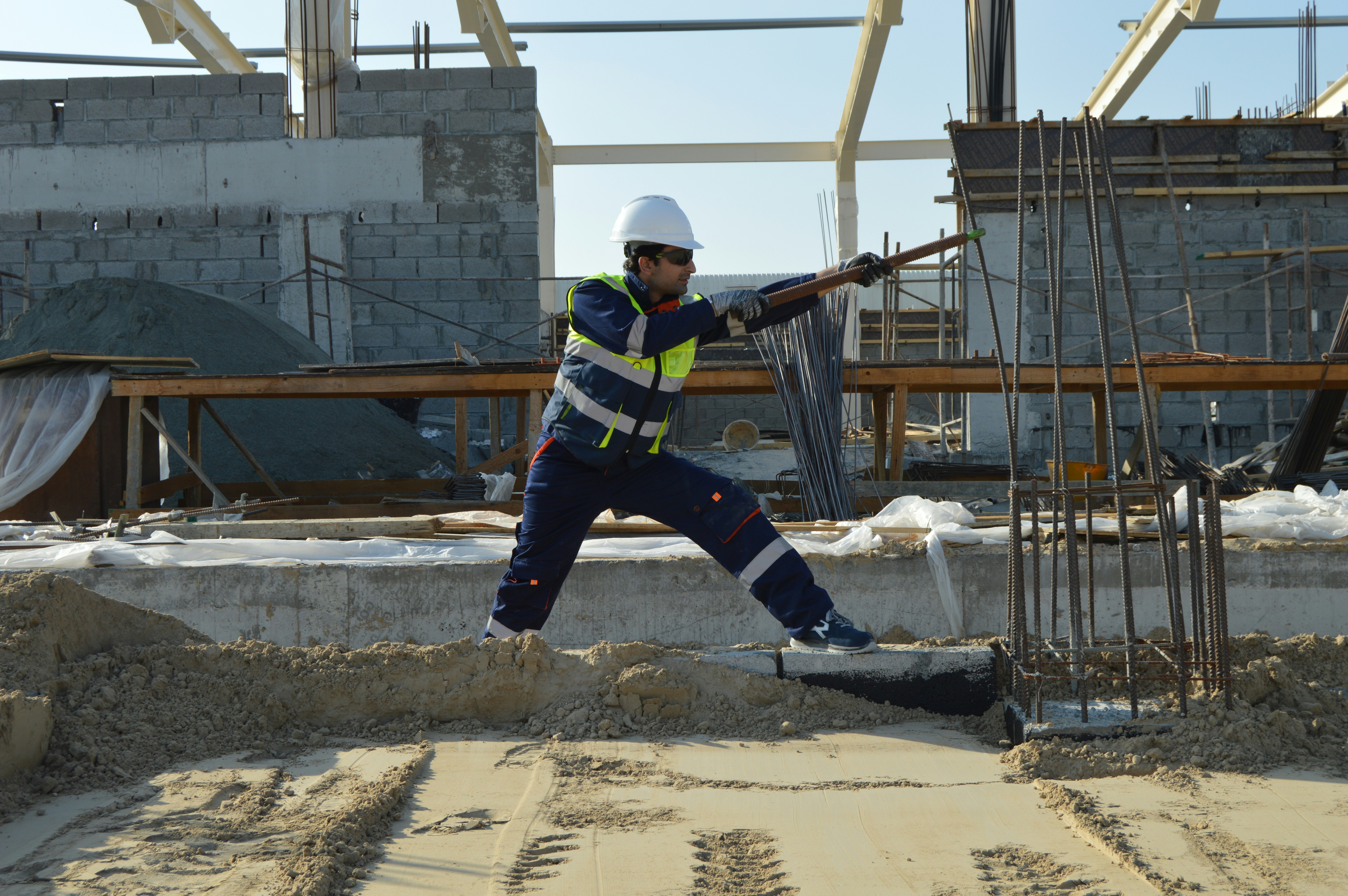
Coverall Types and Protection Standards
Different industries require different levels of protection. That’s why coveralls are classified into six main types, based on their level of resistance to chemicals, particles, and liquids.
- Type 1 – Gas-tight coveralls for maximum protection
- Type 2 – Non-gas-tight but still protective against vapors
- Type 3 – Protection against strong liquid jets
- Type 4 – Protection against liquid spray
- Type 5 – Protection against airborne dust and particles
- Type 6 – Light splash-resistant coveralls for minimal exposure
Workers in chemical plants, construction sites, and emergency response units should always choose the right safety coverall based on their specific work environment.
Coveralls for Different Industries
Different workplaces require different types of uniforms for industries. Here’s how coveralls are used across various sectors:
Coverall for Oil and Gas Industry
Workers in oil refineries and offshore drilling sites require flame-resistant and chemical-resistant coveralls. Heavy-duty disposable coveralls or flame-retardant fabric coveralls are the best options for these environments.
Construction Coveralls
Construction workers need breathable yet durable coveralls that protect against dust, debris, and minor abrasions. Disposable coveralls may be useful for short-term tasks, but reusable cotton coveralls are often preferred.
Electrician Coveralls
Electricians require insulated coveralls that protect against arc flashes and electrical shocks. These coveralls are designed to prevent heat- and fire-related injuries, ensuring worker safety in high-voltage environments.
How to Wear Coveralls Properly
Wearing a coverall uniform the right way ensures maximum protection. Follow these steps to stay safe:
- Check for damages—Before wearing, inspect the coverall for tears or defects.
- Wear appropriate clothing—coveralls should be worn over lightweight, breathable garments.
- Secure cuffs and closures—Ensure sleeves and leg openings are properly sealed to prevent exposure.
- Use gloves and boots—For complete protection, coveralls should be paired with gloves, boots, and other PPE.
- Remove safely—When taking off your coverall, roll it outward to avoid contamination.
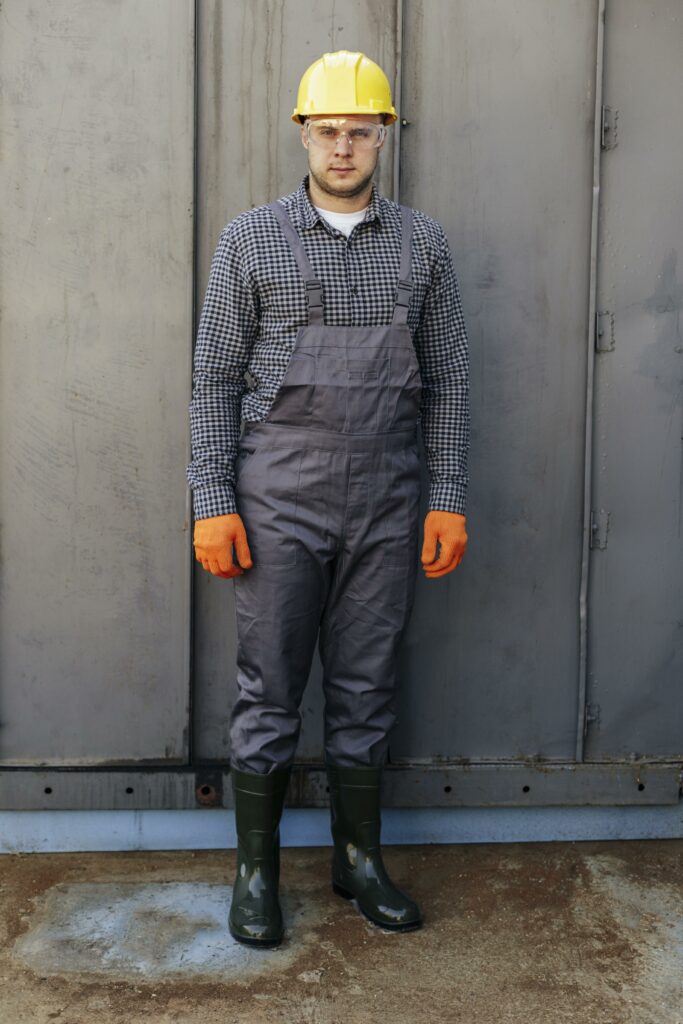
The Best Uniform Manufacturers for Coveralls
Finding uniform manufacturers in UAE is essential for businesses that need custom uniforms tailored to industry-specific needs. The right manufacturer should offer:
- High-quality, certified materials
- Customization options (logos, pockets, reflective stripes)
- Affordable pricing for bulk orders
- On-time delivery and customer support
If you’re looking for the best uniform manufacturer for coverall uniforms, choose one that provides safety jackets, protective suits, and other industrial workwear with high durability and safety standards.
Read our guide: Choosing the best uniform manufacturer in the UAE
Conclusion
Coverall uniforms are more than just standard workwear—they’re a critical component of workplace safety across many high-risk industries in the UAE. From disposable protective coveralls for chemical handling to heavy-duty coveralls for the oil and gas sector, choosing the right type depends on your work environment, level of exposure, and comfort needs.
In this guide, we’ve explored what coveralls are made of, the various types (from non-woven to microporous laminated fabrics), and how they are used across different sectors like construction, electrical work, and industrial cleaning. We also covered how to wear coveralls properly to ensure maximum protection and highlighted the importance of working with reliable uniform manufacturers in the UAE who offer certified, industry-compliant custom uniforms and safety jackets.
Whether you’re equipping a team or searching for the right coverall dress for a specific task, investing in high-quality, task-appropriate safety coveralls not only improves safety but also demonstrates your commitment to worker protection and regulatory compliance.

